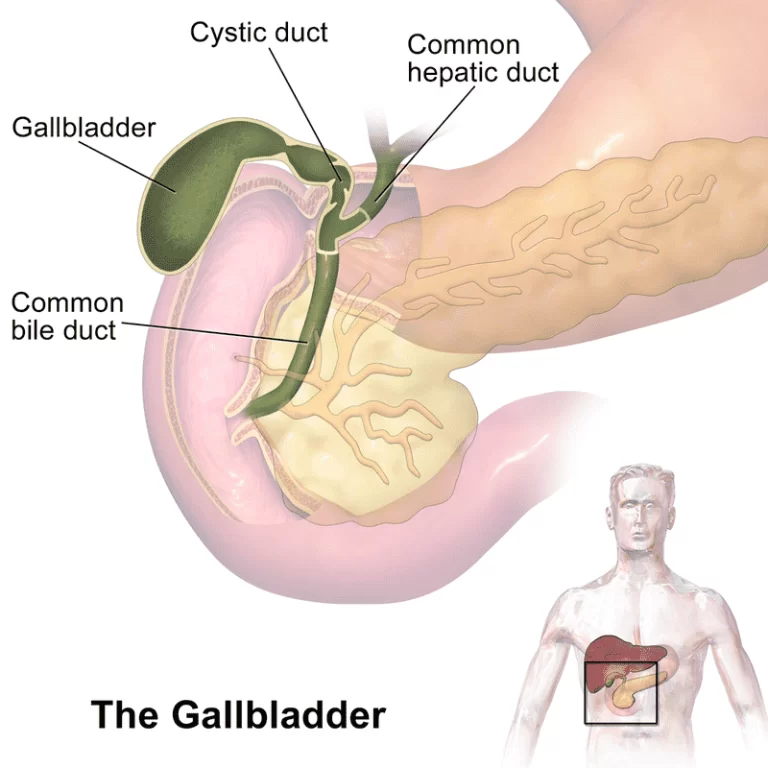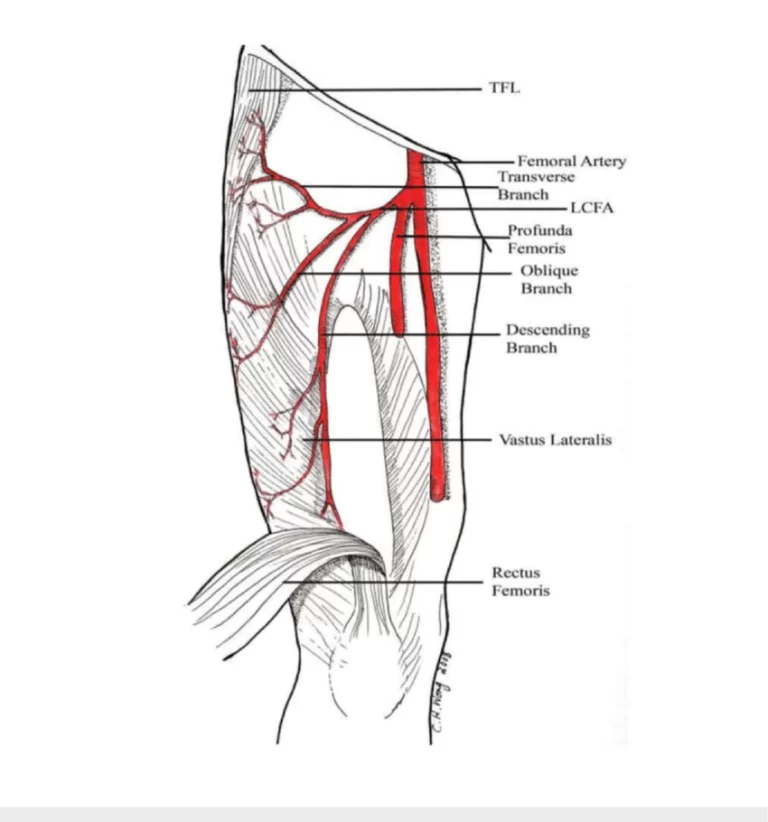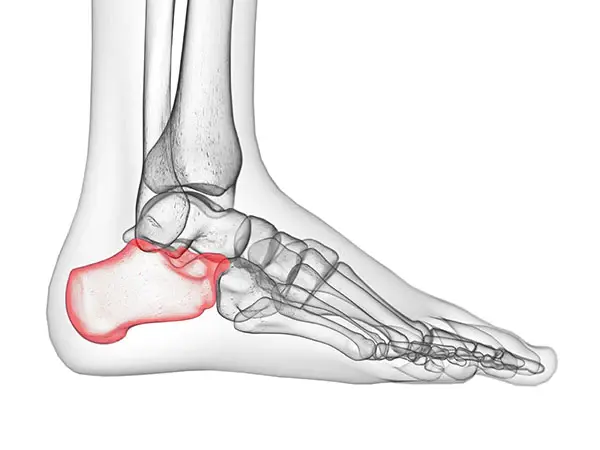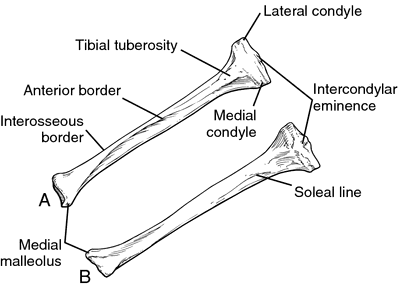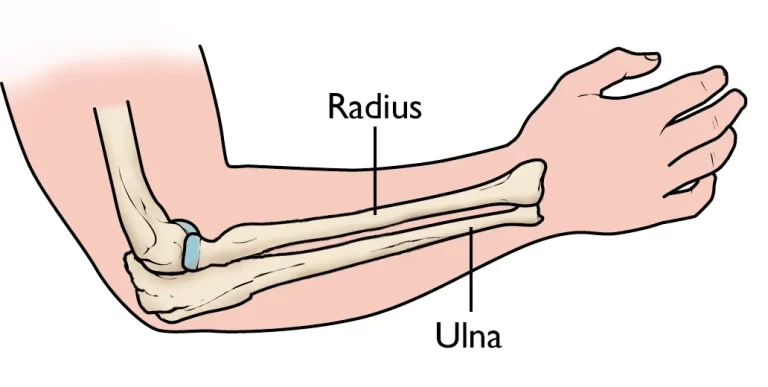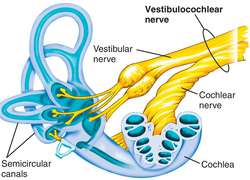Upper limb Dermatoms
Table of Contents
Definition
Upper limb dermatomes are specific regions of skin that are innervated by the sensory branches of nerves originating from the spinal cord. These dermatomes correspond to different spinal nerve levels and play a crucial role in conveying sensory information from various parts of the upper limb, such as the fingers, hands, and arms, to the brain.
By understanding the dermatomal distribution, healthcare professionals can diagnose and localize nerve-related issues or injuries based on the pattern of sensory disturbances in these specific regions.
Upper limb Dermatomes
Dermatomes related to the cervical spine
Nerves in the cervical section of a person’s spine connect to dermatomes in a person’s head, neck, shoulders, arms, and hands. The dermatomes of nerves in a person’s cervical spine are as follows:
- C1: It is common for a person not to have a C1 spinal nerve, which often means they also do not have a C1 dermatome. For people who do, this dermatome is at the center of the back of their heads.
- C2 to C3: Upper side of the neck, a small area of the person’s jaw underneath each ear, and the back of the person’s head
- C3 to C4: Lower side of the neck, upper chest, and upper back area.
- C4 to C5: Shoulders and upper side of the arms.
- C5 to C6: Thumb side of person’s upper arm, forearm, and thumb itself.
- C6 to C7: Thumb side of person’s forearm and person’s index and middle fingers.
- C6 to C8: Pinky side of the person’s lower forearm and wrist, as well as the person’s ring and pinky fingers.
Dermatomes related to the thoracic spine
The dermatomes of a person’s thoracic spine are generally on the trunk of the person’s body, which involves the person’s Belly, chest, and back region. The only thoracic-connected dermatomes not on a person’s trunk are the dermatomes of
- T1 (which is entirely on a person’s arms) and
- T2 (which is on a person’s arms and trunk).
Dermatoses taking
Taking dermatomes refers to the process of assessing sensory function in different areas of the skin. You can use techniques such as pinprick testing (sharp vs. dull sensation), light touch with a cotton swab, and temperature discrimination (hot vs. cold) to perform this. It’s important to compare the patient’s responses in the tested area to those in a normal area to identify any sensory abnormalities accurately.
Health problems related to dermatomes
Health issues related to dermatomes can encompass a range of conditions. For instance, nerve compression or damage can lead to pain, numbness, or tingling sensations in specific dermatomal areas. Herniated discs, spinal stenosis, or conditions like shingles can affect dermatomes. It’s vital to consult a medical expert for proper evaluation and treatment if you suspect any issues related to dermatomes
Testing of dermatomes
Dermatome testing involves assessing the sensory function of specific areas of the skin that are supplied by particular nerve roots. It’s commonly performed to diagnose nerve-related issues, such as pinched nerves, nerve damage, or nerve compression.
By pinpointing the areas where a person experiences altered sensation, numbness, or pain, medical professionals can better understand the location and extent of nerve-related problems. Dermatome testing can aid in diagnosing conditions like herniated discs, nerve injuries, or certain neurological disorders.
Clinical importance
Dermatomes have significant clinical importance in diagnosing and localizing neurological issues. They help medical professionals identify the precise location of nerve damage or compression along the spinal cord. By examining sensory changes or abnormalities within specific dermatomal regions, doctors can diagnose conditions like herniated discs, nerve compression, or spinal cord injuries.
Dermatome testing aids in determining the level and nature of neurological impairment, guiding appropriate treatment plans and interventions for patients experiencing pain, numbness, or other sensory changes.
What do dermatomes matter to healthcare providers?
Diagnosis: When a patient experiences pain, numbness, tingling, or other sensory changes, knowing the affected dermatome can help healthcare providers identify the potential source of the issue. This aids in making a more accurate diagnosis and creating an appropriate treatment plan.
Nerve Impingements: Dermatomes can reveal nerve impingements or compressions. If a specific dermatome is affected, it might indicate that a nerve root is being compressed by a herniated disc, bone spur, or other structural problem in the spine.
Localized Symptoms: Some conditions, such as shingles (herpes zoster), present with symptoms that follow a specific dermatomal distribution. Recognizing this pattern can aid in early diagnosis and appropriate management.
Neurological Disorders: Dermatomes are valuable for assessing neurological disorders like radiculopathy, which is caused by nerve root compression. Mapping out the dermatomes can assist in tracking the progression of the condition and gauging treatment effectiveness.
Anesthesia and Pain Management: In anesthesia, understanding dermatomes is essential for effectively blocking sensation in specific areas during surgical procedures or pain management interventions.
Rehabilitation: For rehabilitation purposes, identifying the dermatomal distribution can help design targeted exercises to improve muscle strength, coordination, and sensation in specific regions.
Spinal Cord Injuries: Dermatomes play a vital role in determining the level and extent of spinal cord injuries in the body. The affected dermatomes can provide insights into the extent of sensory and motor impairment.
Clinical Communication: Dermatomes provide a standardized way for healthcare professionals to communicate and document the location of symptoms or findings. This consistency is crucial for accurate medical records and effective patient care.
Where are the dermatomes?
Dermatomes are regions of the skin that are primarily innervated by specific spinal nerves. They follow a pattern along the body, corresponding to the distribution of nerves. If you’re looking for a visual representation, you might find dermatome maps online or in medical textbooks. Remember, accurate information can be obtained from medical professionals or reliable sources.
Some common conditions and disorders that can affect dermatomes:
Herpes Zoster (Shingles): Shingles are caused by the reactivation of the varicella-zoster virus, which also causes chickenpox. It typically presents as a painful rash that follows the path of a specific dermatome. The rash consists of grouped blisters that can be quite painful. The most commonly affected dermatomes are those along the chest, abdomen, and face.
Radiculopathy: Radiculopathy occurs when a nerve root, usually due to compression from a herniated disc or bone spur, becomes irritated or damaged. This can lead to pain, numbness, tingling, and weakness along the specific dermatomal distribution of that nerve. Sciatica is a type of radiculopathy that affects the sciatic nerve, leading to symptoms radiating down the lower back, buttocks, and leg.
Cervical Radiculopathy: Compression or irritation of nerve roots in the cervical spine (neck) can lead to pain, tingling, and weakness along the corresponding dermatomes in the arms and hands.
Lumbar Radiculopathy: Similar to cervical radiculopathy, lumbar radiculopathy involves compression or irritation of nerve roots in the lower back, leading to symptoms in the lower back, buttocks, and legs.
Peripheral Neuropathy: While not exclusively dermatomal, peripheral neuropathy involves damage to the peripheral nerves, which can result in symptoms such as pain, numbness, tingling, and weakness. These symptoms might not follow a specific dermatomal pattern but can affect various parts of the body.
Complex Regional Pain Syndrome (CRPS): CRPS is a chronic pain condition that usually occurs after an injury or trauma. It can lead to severe pain, changes in skin color and temperature, and swelling that might not strictly adhere to dermatomal patterns but can affect limbs and other areas.
Diabetic Neuropathy: Diabetic neuropathy is a type of peripheral neuropathy that can result from uncontrolled diabetes. It often leads to symptoms such as numbness, tingling, and pain in the feet and hands.
Common signs and symptoms related to conditions affecting dermatomes:
Numbness and Tingling: Patients might experience sensations of numbness or tingling in specific areas of the skin corresponding to the affected dermatome. This can range from mild to severe sensations and might be intermittent or constant.
Pain: Conditions like herniated discs or pinched nerves can cause localized or radiating pain along the path of a specific dermatome. The pain can be sharp, shooting, burning, or aching, depending on the underlying cause.
Skin Sensation Changes: Individuals might report changes in skin sensation, such as hypersensitivity, reduced sensitivity, or altered temperature perception in the affected area.
Rash or Skin Lesions: Conditions like herpes zoster (shingles) can cause a distinctive rash or blisters along the dermatome, often accompanied by pain. The rash involves the specific nerve pathway of the affected dermatome in the body.
Muscle Weakness: In some cases, conditions affecting dermatomes can lead to muscle weakness or difficulty in performing certain movements, especially if the spinal nerves controlling muscle function are compromised.
Radicular Pain: This type of pain radiates along the path of a nerve, often stemming from nerve compression or irritation. It can be felt along the length of the dermatome, extending from the spine to the outer regions of the body.
Hyperalgesia or Allodynia: Hyperalgesia refers to heightened sensitivity to pain, while allodynia involves feeling pain in response to non-painful stimuli. These sensations can occur within the affected dermatome.
Loss of Reflexes: Nerve compression or damage can lead to diminished or absent reflexes that are associated with the affected spinal level.
Motor Impairment: More severe conditions affecting the spinal nerves can result in muscle weakness or paralysis, particularly if motor nerve fibers are compromised.
Bowel or Bladder Dysfunction: If the nerves controlling bowel or bladder function are affected, it might lead to issues like urinary or fecal incontinence.
What could people do to prevent conditions and issues that affect the dermatomes?
prevent conditions that affect dermatomes (specific regions of skin supplied by a single nerve), you can follow these general guidelines:
Maintain Good Hygiene: Keep your skin clean and dry to prevent bacterial and fungal infections that could affect dermatomes.
Protect from Sun Exposure: Use sunscreen and protective clothing to shield your skin from harmful UV rays, reducing the risk of skin cancers and other sun-related issues.
Healthy Diet: Consume a balanced diet rich in vitamins and antioxidants to support skin health.
Stay Hydrated: Drink enough water to keep your skin hydrated and maintain its natural barrier function.
Avoid Smoking: Smoking can negatively impact skin health by reducing blood flow and causing premature aging.
Manage Stress: Chronic stress can exacerbate skin conditions, so practicing stress-reduction techniques can be helpful.
Stay Active: Regular exercise improves blood circulation, which benefits overall skin health.
Proper Clothing and Footwear: Wear appropriate clothing and footwear to prevent friction, pressure, and irritation on specific dermatome areas.
Avoid Harsh Products: Use gentle skincare products to avoid irritating or damaging your skin.
Regular Check-ups: Visit a dermatologist for regular skin examinations to catch any potential issues early.
Stay Hygienic in Public Spaces: Take precautions in public spaces like gyms, saunas, and pools to avoid exposure to skin infections.
Stay Well-Rested: Get enough sleep to support your body’s natural healing processes.
FAQ
Why is it important to know dermatomes?
Dermatomes are skin areas of the human body that depend on special nerve connections in the human spine. In this way, dermatomes are like a map of your body. The nature of this connection means that dermatomes can help health professionals identify and diagnose diseases or problems that affect a person’s spine, marrow or spinal cord.
What innervates the dermatome of the upper limb?
The dermatomes of the upper limbs innervate spinal nerves C5-T2. Here, the organization of the dermatomes is somewhat complicated because the initiation of the upper limbs occurs during embryonic development.
What happens when dermatomes overlap?
Two principles applying when evaluating the dermatome pattern of sensory loss: (1) Adjacent dermatomes overlap, meaning that damage to a single nerve root could result in either loss of sensation limited or no anesthesia to a small area.
Are dermatomes sensory or motor?
Anatomy of Dermatomes: Overview, General Anatomy, Natural Alternatives
sensory nerves
A dermatome is an area of skin where sensory nerves originate from a single spinal nerve root.How accurate are dermatomes?
Dermatomal pain and sensory loss are used to detect nerve root compression. The present systematic review found an overall correlation of 42% with the level of sensory loss and lumbar nerve root compression by physical examination.
.


